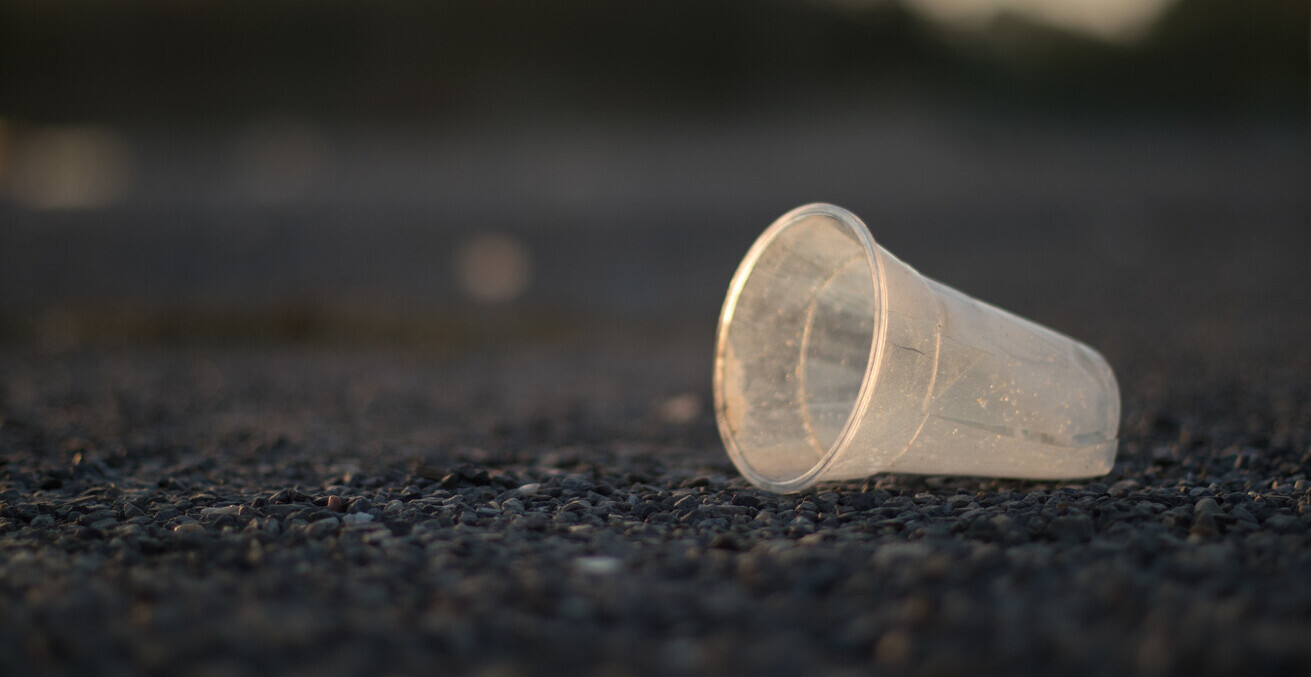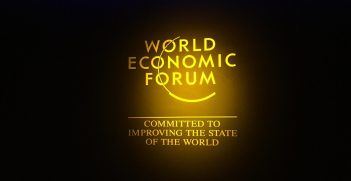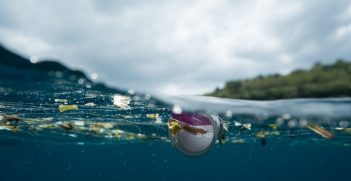Global Progress on the Development of a New International Agreement to Prevent Plastic Pollution

In near-record time, countries have come together and agreed that the global issue of plastic pollution requires a new legally binding international agreement. Reaching this momentous milestone at the end of February 2022 has not been so simple.
The world has come together numerous times to agree on the need to prevent, reduce, and eliminate marine litter, and by extension, the need to protect the marine environment from plastic waste. The focus on marine pollution translated into two international agreements adopted in the 1970 and 80s under the International Maritime Organization (IMO). The London Convention banned the intentional dumping into the oceans of wastes generated on land that contain plastics, and Annex V of the International Convention for the Prevention of Pollution from Ships (MARPOL) banned the discharge of operational wastes into the oceans from vessels, including fishing gear made of plastics.
After the adoption of these two international agreements, attention to the issue by policymakers slowed. At the regional level, a handful of voluntary action plans were adopted under the UNEP Regional Seas Programme. But research into the types, volumes, and behaviour of plastics in the marine environment continued and has been instrumental in again raising the profile of plastic pollution. Since 2013, a number of additional action plans were adopted at various regional fora as well as the IMO. As research extended into other environmental compartments, such as freshwater lakes, air, and soil, it became increasingly clear that the marine environment was a symptom of a far greater failure of policy, and plastic pollution needed to be addressed on land. As evidence mounts of the social impacts of plastic pollution, including the effects on human health, the global community’s urgency has also increased.
Since the first meeting of the UN Environment Assembly (UNEA) in 2014, the only assembly to be established since the UN General Assembly, governments have adopted resolutions on marine litter at each consecutive meeting in 2014, 2016, 2017, and 2019. The key requests of UNEP agreed in these resolutions progressed from a study on the sources and recommendations for the most urgent actions and research at the first meeting to a study on the effectiveness of relevant international and regional governance strategies at the second meeting. The third meeting concerned the convening of an ad hoc open-ended expert group on marine litter and microplastics to examine options and barriers to response options at the international, regional, and national levels, as well as the costs, benefits, and feasibility of such actions. The fourth meeting extended the life of the expert group, and UNEP was requested to develop guidelines for the sustainable use and production of plastics. All resolutions have called for UNEP to facilitate the development of regional and national action plans.
An important component in catalysing and coordinating international action is agreeing on global goals and targets. In 2012, the UN General Assembly called for significant reductions in marine debris by 2025, whereas the Sustainable Development Goals set a target of preventing and significantly reducing marine debris by 2025. At the third meeting of UNEA in 2017, the world again agreed on the goal of long-term elimination of discharge of litter and microplastics into the oceans. The Oceans Plastic Charter, adopted in 2018 by the G7 under the presidency of Canada, called for a resource-efficient and sustainable approach to the management of plastics, while the Osaka Blue Ocean Vision, adopted by the G20 under the leadership of Japan, targets zero additional marine plastic litter by 2050.
These goals and targets illustrate how plastic pollution has progressed from being regarded as a marine issue, towards a recognition of the major contribution from land-based sources and the importance of sustainable development and resource efficiency across the life cycle of plastics. The call for action has also progressed to broad support for a global legally binding instrument to combat plastic pollution, promoting a holistic lifecycle approach.
Now, in the last week of February 2022, after much intergovernmental discussions and campaigning, a new resolution was adopted at the second half of the fifth meeting of the UN Environment Assembly — split over two years due to COVID-19 — that requests the UNEP convene an intergovernmental negotiating committee to develop an international legally binding agreement on plastic pollution. Work is to begin during the second half of 2022, aiming to complete negotiations by the end of 2024.
The next step is obviously the design of such an agreement. What will the global goals and targets be, and on what indicators must countries report to track progress towards these targets? What scientific support is required, and what financial support will countries need to meet their obligations under the agreement? Actions already underway in many countries must also be considered, including providing flexibility in meeting obligations committed to under the agreement.
Support for a global legally binding agreement gained momentum at a rapid pace. Norway was a leading voice and provided financial support for much of the research and activities undertaken by UNEP. At the third meeting of UNEA in 2017, only a handful of countries openly supported a binding agreement. Norway financed two important bodies of research to gain support for such an agreement — the report submitted to UNEA3 on the effectiveness and gaps of the current international framework, and the report outlining the elements of a new global agreement, commissioned by the Nordic Council of Ministers for the Environment and Climate. Both these studies were led by the University of Wollongong, which provided the first comprehensive outline of a design for an agreement. The focus was on international sustainability criteria that provide the environmental and performance boundaries within which plastic products must be produced across the world and providing a mechanism for translating these international criteria into national legislation. Without an understanding of what an agreement might look like, it would be difficult to gain support during a time of “treaty fatigue” and hesitation to commit additional financial and human resources to complying with a new agreement.
A preliminary timeframe for the negotiation of a new agreement has been set for the end of 2024. This is ambitious, but political will is high and there is much momentum to build on. Work has begun on developing indicators that are appropriate at a global scale and meaningful in tracking progress at the national, regional, and international levels. This can provide valuable input into what components of the plastics life cycle can and should be regulated. In particular, the design of products to enable a circular economy will be critical, but an agreement based on sustainability criteria has not been negotiated before.
To provide the long-term systemic changes we so desperately need, an agreement must go beyond marine litter and waste management. Products entering the economy must stay within the economy for as long as possible — including reuse and recycling — and eliminate emissions to the environment. Such strategies must follow on from approaches to reduce the use of plastics, particularly virgin plastics, while creating a value for those products we need when they reach the end of their life. Our understanding of the problem must now also move from not only being an issue of the environment, but also to an issue of economics.
Dr Karen Raubenheimer is a senior lecturer at the University of Wollongong and has worked closely with the UN Environment Programme, the Norwegian Government, and other intergovernmental organisations in understanding the gaps in international and regional legal frameworks towards designing a new international agreement on plastics. Karen holds a PhD in international policy on marine litter and has presented her research at various international fora, including the UN in New York and Nairobi.
This article is published under a Creative Commons License and may be republished with attribution.





